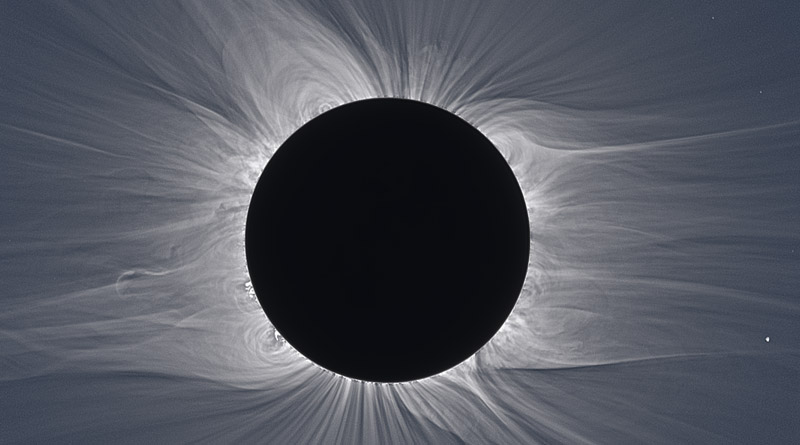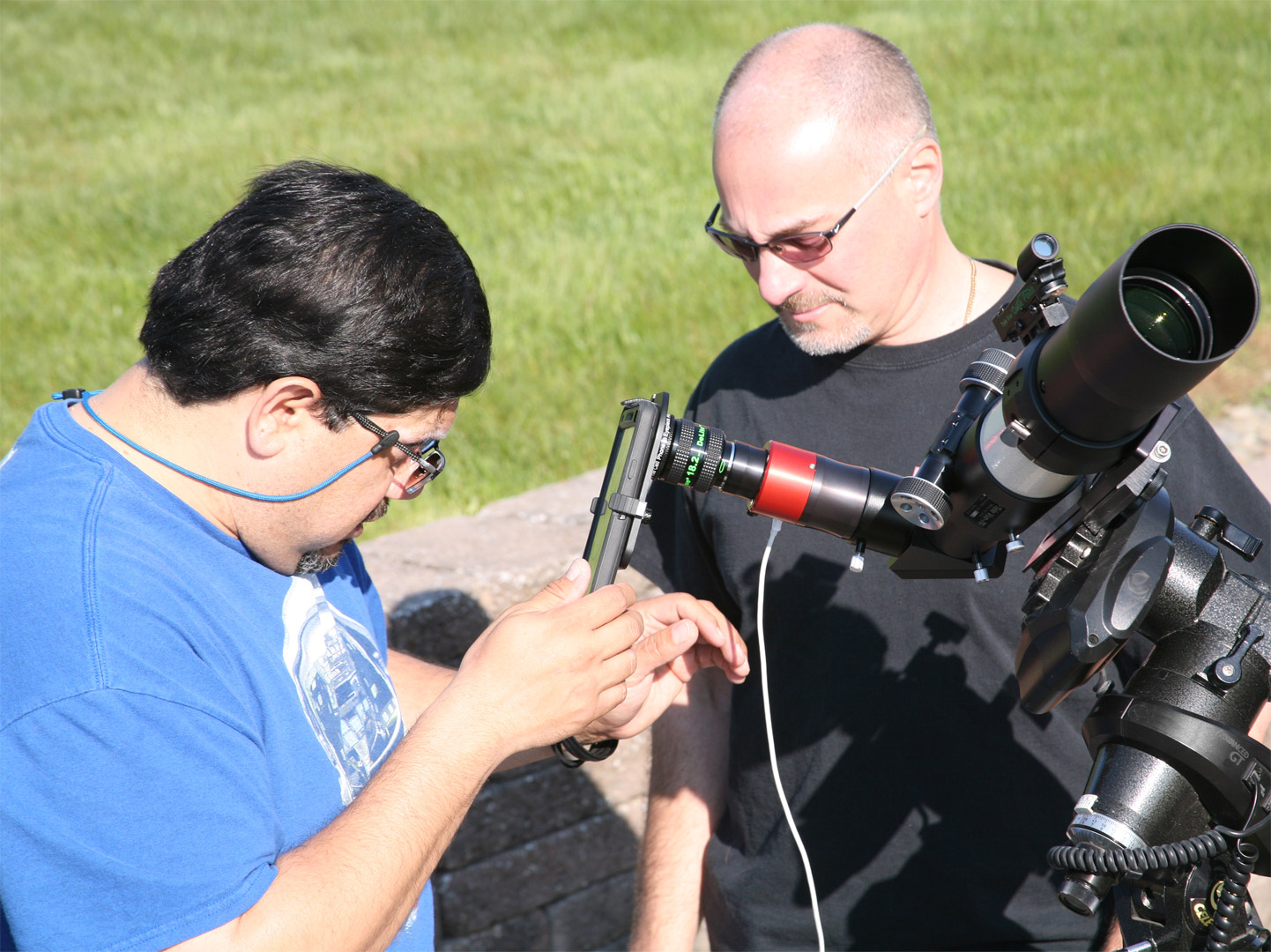July 27th: MARS Opposition and Lunar Eclipse

Mars will exceed 24-arc-sec in diameter between July 23rd and August 9th, 2018. This is 97 percent of the maximum of 25.13-arc-sec diameter attained during the last of the ‘favorable’ apparitions, which occurred in 2003.Association of Lunar and Planetary Observers
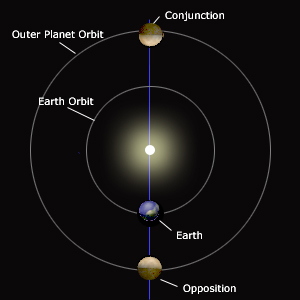

For viewing the red planet you’ll have to “up” the power to the limit of atmospheric conditions. That’s where the Nagler 3-6mm Planetary Zoom comes in handy: an eyepiece with full field sharpness for any speed telescope, high contrast and transmission for natural color rendition, low scatter, comfortable eye-relief, with adjustable magnification to match the seeing conditions that can change a lot over the course of an observing session. It’ll give you up to 120x in our Tele Vue-60 and 220x in our Tele Vue-NP127is. It will exceed over 300x in most Dobs, SCTs, and Maks.
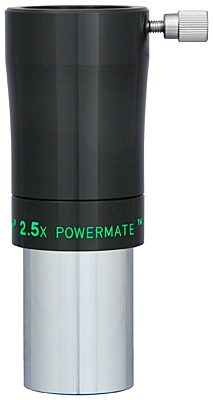
If you have a favorite eyepiece that lacks the power for planetary usage or plan on imaging the planets, consider our Powermates™: they are the solution for any scope to achieve the long focal-length required to see details on planetary bodies. Powermates™ increase the effective focal length of your scope without introducing any new aberrations into the system. They are available in 1¼” barrels (2.5x & 5x) and 2″ barrels (2x & 4x) and can be stacked (e.g.: a 2x and 4x Powermate™ will increase focal length by 8x) .

The benefits of Powermates™ extend to imaging. This requires an optional Powermate™ T-Ring Adapter that allows a Powermate™ to connect with any T-Ring equipped camera. A Powermate™ with the adapter can by used singly or stacked with another Powermate™, to achieve the long effective focal-length required for planetary imaging.
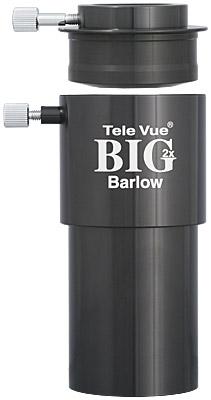
Properly designed Barlows do wonderful things: They amplify power, slow the telescope’s f/# (improving eyepiece sharpness), and give designers the opportunity to compensate for eyepiece aberrations.
Tele Vue Barlows are the entry-level alternative to Powermates™ . We use high index glasses for optimum aberration correction and ultra-high efficiency multi-coatings for exceptional contrast with virtually no light loss. They are even tested for performance with f/4 scopes — the same full-field testing as all our eyepieces.
Tele Vue Barlows are available in 1¼” barrels (2x & 2x) and 2″ barrels (2x BIG Barlow).

Coincidentally, July 27th will also feature the second lunar eclipse of the year. It’s not just any lunar eclipse: it is the longest total eclipse this century with totality spanning 1-hr 43-min (just missing the maximum duration by a few minutes). The entire event will be visible in East, Southern, and Central Africa, the Middle East, India, Turkey, and most of Kazakstan. Missing out on the event will be observers in North America, Greenland, Central America, Siberia, and the Arctic. The rest of the world will see part of the event.

Additionally, the full moon that day will be a micromoon: an usually small full moon. That’s because it’ll be furthest from earth (apogee) less than 15-hours before becoming full. See our 2018: Solar and Lunar Phenomena Overview blog post for information on lunar eclipses, blue moons, and micro/supermoons.
To image the lunar eclipse, the Tele Vue FoneMate smartphone adapter is a must. It solidly mates your smartphone to many of our Tele Vue eyepieces to allow still image and video capture using the camera/video app on your phone. You can download a time-laps imaging app to capture the progress of the lunar eclipse over time.
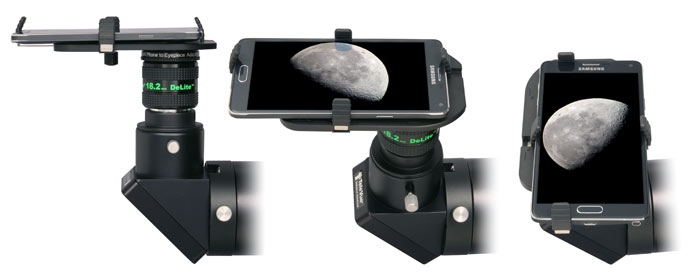
- Total Lunar Eclipse of 2018 Jul 27 (PDF) circumstances from NASA website.
- Tele Vue Nagler 3-6mm Planetary Zoom (mobile site)
- Tele Vue Powermate™ page (mobile site)
- Tele Vue Barlow page (mobile site)
- Tele Vue FoneMate smartphone adapter (mobile site)



